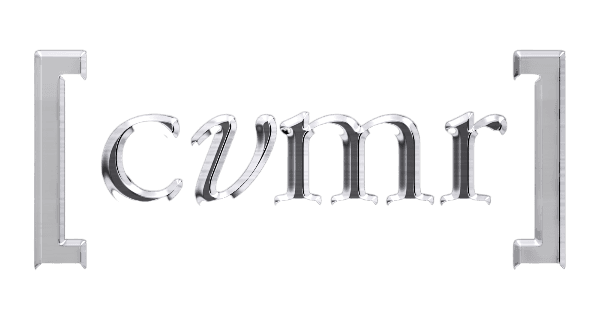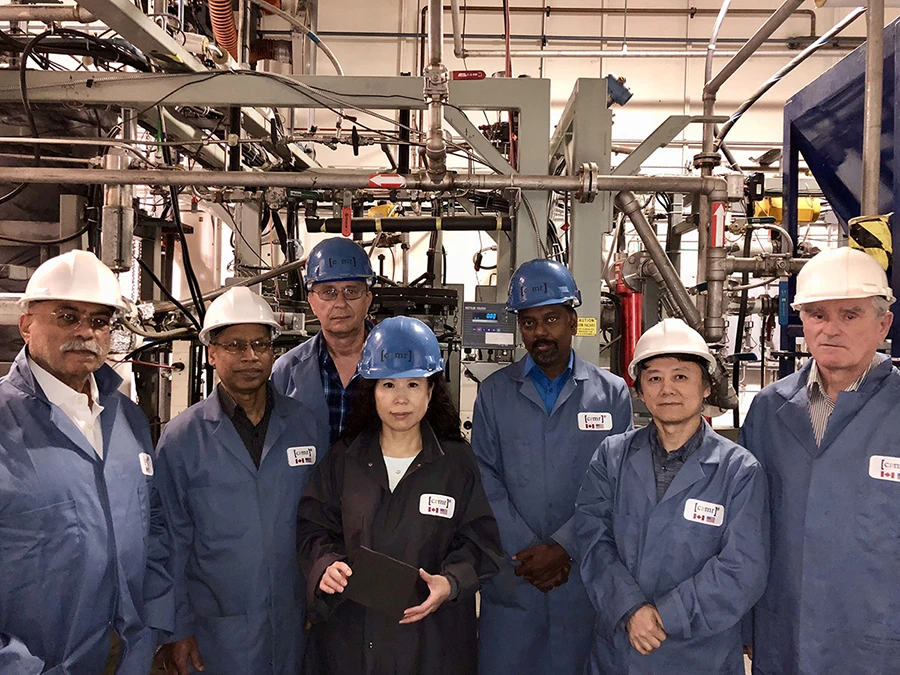Press Release By the Ministry of Energy and Mines, Burundi
Table of contents
Press Release By the Ministry of Energy and Mines, Burundi
Press Release By the Ministry of Energy and Mines, Burundi
The Ministry of Energy and Mines of the Republic of Burundi announced today that they are expecting to receive a copy of the preliminary Report on the Mukanda mine prepared by La Societe CVMR® Energy Minerals Burundi SURL.
On the 7th of November 2017, the Burundi Cabinet approved the application for research permit of CVMR® Minerals Burundi SURL and its Canadian holding company, CVMR® Energy Minerals Inc., of Toronto, Canada.
CVMR® Minerals Burundi SURL announced that the first findings are very positive and is proceeding with the feasibility study on Mukanda deposit which will be presented to The Ministry early August 2018.
In this project, CVMR® will be helped by the South African based engineering firm, DRA and a local Burundian engineering firm, Jacob Mining Engineering.
Mukanda minerals of vanadium, titanium and iron cover an area of approximately 144 square Kilometers with a total of 12,000,000 metric tons of vanadium “Proven Reserves,” and 5,000,000 metric tons of Probable reserves.
CVMR® announced in November 2017 that it has committed $40 million US dollars for the surveys and preparation of its Feasibility Studies in Mukanda, and other mineral resources in Burundi.
For mineral processing it is planned to build a series of modular refineries and to produce nano-powders of metals that would be necessary for the production of the next generation batteries for electric vehicles.
CVMR® can refine some 35 metals, including Rare Earth Elements (REE), gold, platinum Group of Metals (PGM), silver, nickel, Tantalum, Niobium, vanadium, titanium, iron, cobalt and lithium, most of which are used in the next generation of batteries.
Energy storage is transforming the energy industry. It is forecast by most economic institutions in the United States and Europe that the energy storage capacity will grow seven to eight folds in the United States alone by 2020.
CVMR®’s proprietary technologies also extend to the refining and manufacturing of non-metallic substances such as graphite and graphene. CVMR®’s objective is to develop off-the-grid and micro-grid power generating units for mass consumption, free of environmental pollution, using graphite and graphene to collect ambient natural heat and to convert it to electricity and be able to store the surplus in vanadium graphene batteries for delayed consumption.
Currently the prevalent lithium ion batteries lose almost 50% of their original capacity in about two years, as anyone who uses a smartphone knows very well. On the other hand, vanadium-based batteries can sustain their original capacity and efficiency over 30 years or more.
Today the major interest of the consumer market is in the smaller and lighter batteries for use in the automotive industry and portable devices such as laptop computers and cell phones. The new generation of vanadium batteries using graphene and/or graphene oxide can easily fulfill this demand.
In the past, lithium led the applications in mobile batteries and vanadium flow batteries were best suited for stationary applications where size was not an issue. While it remains important to have large electrical storage capacities in the wake of growing renewable energy generation, vanadium-graphene batteries are poised to capture both markets with long duration and lowest cost per cycle.
CVMR®’s great breakthrough is in its innovative high-power electrodes made with nano-materials and its proprietary process design. The greatest benefit is the fact that vanadium-graphene batteries have an extended lifespan coupled with consistent performance over time. These batteries are safe, do not heat up and are not flammable, unlike lithium ion batteries. Compact vanadium rechargeable batteries are currently manufactured in Japan and are commercially available worldwide.
Conventional battery electrode materials can be significantly improved when enhanced with graphene. By using graphene one can make rechargeable batteries that are light, durable and suitable for high capacity energy storage, as well as shorten their charging time. Vanadium will extend the battery’s life while graphene adds conductivity without requiring the large quantities of carbon that are used in conventional batteries. CVMR® has developed a number of proprietary methods to incorporate graphene sheets into vanadium pentoxide nano-ribbons used in such batteries.
CVMR® manufactures graphene in three distinct ways : by refining graphite from natural sources and converting the purified graphite into graphene
Nano-flakes. CVMR® also produces graphene from captured CO2 via a proprietary method that uses CVMR®’s modular membrane system turning captured CO2 into graphite nano-powders and graphene nano-flakes. It produces graphene from methane gas by cracking the gas by a method known as Chemical Vapour Deposition (CVD). This is a process that extracts carbon atoms from a carbon rich source by reduction.
EnerCarbon and M-Power Corporation, are affiliate corporations of CVMR® who are contributing to the production of graphene and manufacture of power generators and battery manufacturing under the supervision of CVMR®. CVMR® plans to set up its manufacturing units close to its mineral resources in Burundi.
Read more from original source: http://energie-mines.gov.bi/Press-Release-By-the-Ministry-of-Energy-and-Mines-Burundi
Read also



